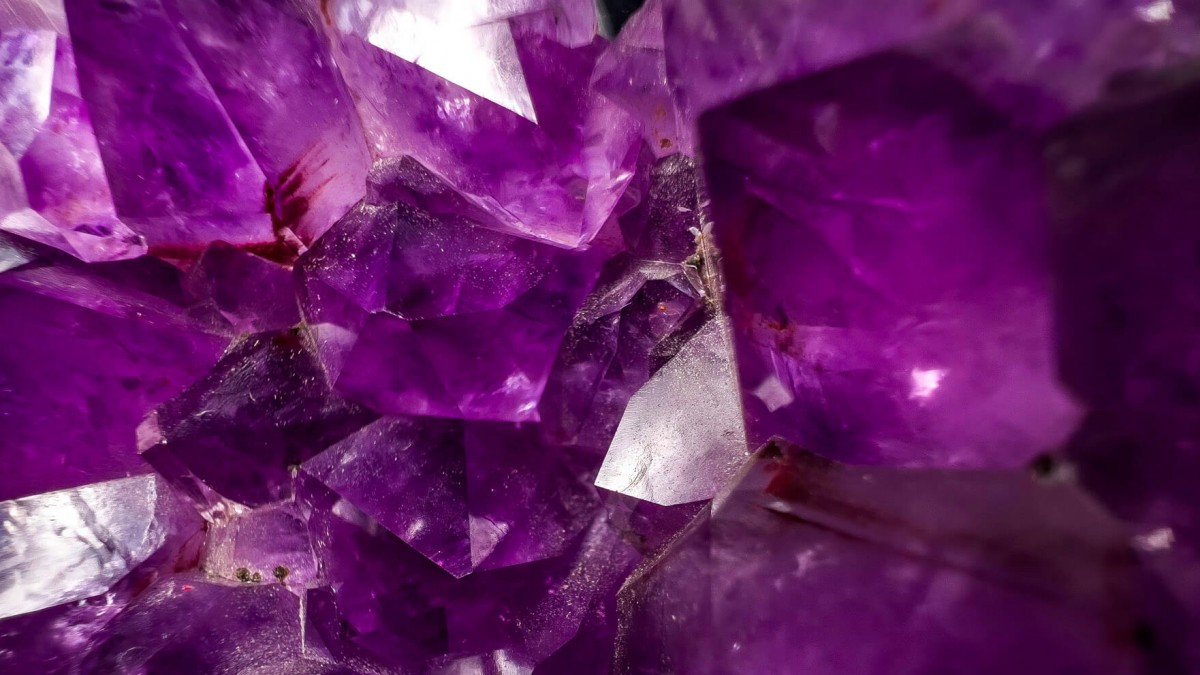How is Cubic Zirconia Created in A Laboratory Setting?
Cubic Zirconia, often referred to as "CZ," is a synthetic gemstone that has gained immense popularity as a more affordable alternative to precious gems like diamonds and amethysts. What makes cubic zirconia particularly fascinating is its ability to mimic the brilliant sparkle of these gems while providing a wide array of colors, including the captivating shades of purple. In this article, we will delve into the intriguing process of creating cubic zirconia in a laboratory setting and explore its significance as one of the stunning purple gemstones available in the market.
The Origins of Cubic Zirconia
Before we dive into the laboratory creation of cubic zirconia, it's essential to understand the history and composition of this remarkable gemstone. Cubic zirconia is a synthetic crystal made from zirconium oxide, which was first synthesized in 1937. Its brilliance and fire have made it an attractive choice for jewelry, closely resembling diamonds, while also offering an exquisite range of colors, including the alluring purple hues that are our focus in this article.

The Laboratory Creation Process
Cubic zirconia is manufactured in controlled laboratory environments using a method called the "Skull Czochralski" process, which ensures the precision and consistency of the resulting gemstone. Here's a step-by-step breakdown of how this fascinating process unfolds:
Starting with Raw Materials
The creation of cubic zirconia begins with the selection of high-purity zirconium oxide, which serves as the primary raw material. This compound is a critical element in the process as it provides the basis for the gemstone's structure and properties.
Melting the Zirconium Oxide
In a laboratory crucible, the zirconium oxide is melted at temperatures exceeding 2,732 degrees Fahrenheit (1,500 degrees Celsius). This extreme heat is necessary to transform the raw material into a molten form that can be further processed.
Seeding the Crystal
A small seed crystal of cubic zirconia is introduced into the molten material. The seed crystal acts as a template, guiding the formation of the new crystal structure. This is where the magic begins, and the crystal grows layer by layer.
Slow Crystal Growth
The crucible is gradually cooled, allowing the cubic zirconia to grow as it crystallizes. The controlled cooling rate is vital for the creation of high-quality, flawless gemstones. This process can take several days, and the result is a single, large cubic zirconia crystal.
Cutting and Polishing
The cubic zirconia crystal is then carefully cut and polished into various shapes and sizes, depending on the intended use. This step is crucial for enhancing the gem's brilliance and fire, which are the hallmarks of its beauty.
The Allure of Purple Cubic Zirconia
Cubic zirconia's versatility extends to its color options, making it a favorite choice for those seeking unique and affordable gemstones. Our focus keyword, "purple gemstones," leads us to the enchanting realm of purple cubic zirconia.

The Purple Spectrum
Purple cubic zirconia comes in a range of shades, from delicate lavender to rich amethyst, allowing jewelry designers and enthusiasts to explore a variety of design possibilities. The depth and intensity of the purple color can be customized during the laboratory creation process by introducing specific additives to the zirconium oxide mixture.
Birthstone and Jewelry
Purple cubic zirconia has earned recognition as an alternative birthstone for February, symbolizing qualities like peace, courage, and inner strength. This gem's affordability and wide color palette make it a perfect choice for crafting exquisite jewelry pieces like rings, necklaces, and earrings.
Versatility and Durability
One of the significant advantages of using purple cubic zirconia in jewelry is its durability. It is second in hardness only to diamonds on the Mohs scale, ensuring that your jewelry will withstand everyday wear and tear without losing its sparkle.
The Popularity of Cubic Zirconia
The appeal of cubic zirconia extends beyond its role as a purple gemstone. It has become a sought-after gem in the jewelry industry for various reasons:
Affordability
Cubic zirconia offers a cost-effective alternative to traditional gemstones. It allows individuals to enjoy the beauty and elegance of gemstone jewelry without breaking the bank.
Ethical Considerations
As a synthetic gem, cubic zirconia raises fewer ethical concerns compared to natural gemstones, which may be associated with mining practices and environmental impacts.
Customization
Cubic zirconia's laboratory creation process enables precise control over the gem's color, size, and quality. This flexibility has led to its widespread use in customized and bespoke jewelry.
Conclusion:
Cubic zirconia, with its synthetic origin, remarkable brilliance, and vibrant color options, plays a pivotal role in the world of jewelry, particularly as one of the standout purple gemstones. Its laboratory creation process ensures consistent quality and provides consumers with an affordable and ethical choice when adorning themselves with the beauty of gemstone jewelry. Whether you're looking for an alternative birthstone for February or a stunning purple gem to elevate your jewelry collection, cubic zirconia is a gemstone that deserves admiration for its allure and versatility.
Comments
Post a Comment